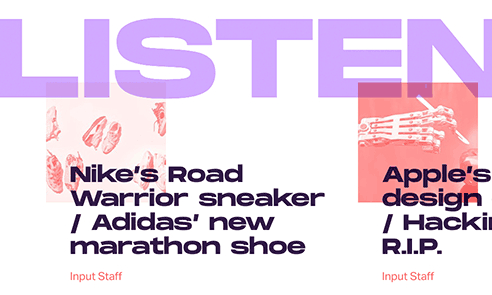
“Much of the warm personality of Miedinger’s shapes was lost along the way. In the 1980s Neue Helvetica was produced as a rationalized, standardized version.įor Christian Schwartz, the assignment to design a digital revival of Neue Haas Grotesk was an occasion to set history straight. During the transition from metal to phototypesetting, Helvetica underwent additional modifications. For instance, the matrices for Regular and Bold had to be of equal widths, and therefore the Bold was redrawn at a considerably narrower proportion. The typeface was soon revised and released as Helvetica by Linotype AG.Īs Neue Haas Grotesk had to be adapted to work on Linotype’s hot metal linecasters, Linotype Helvetica was in some ways a radically transformed version of the original.

Neue Haas Grotesk was to be the answer to the British and German grotesques that had become hugely popular thanks to the success of functionalist Swiss typography.

The first weights of Neue Haas Grotesk were designed in 1957-1958 by Max Miedinger for the Haas’sche Schriftgiesserei in Switzerland, with art direction by the company’s principal, Eduard Hoffmann.


 0 kommentar(er)
0 kommentar(er)
